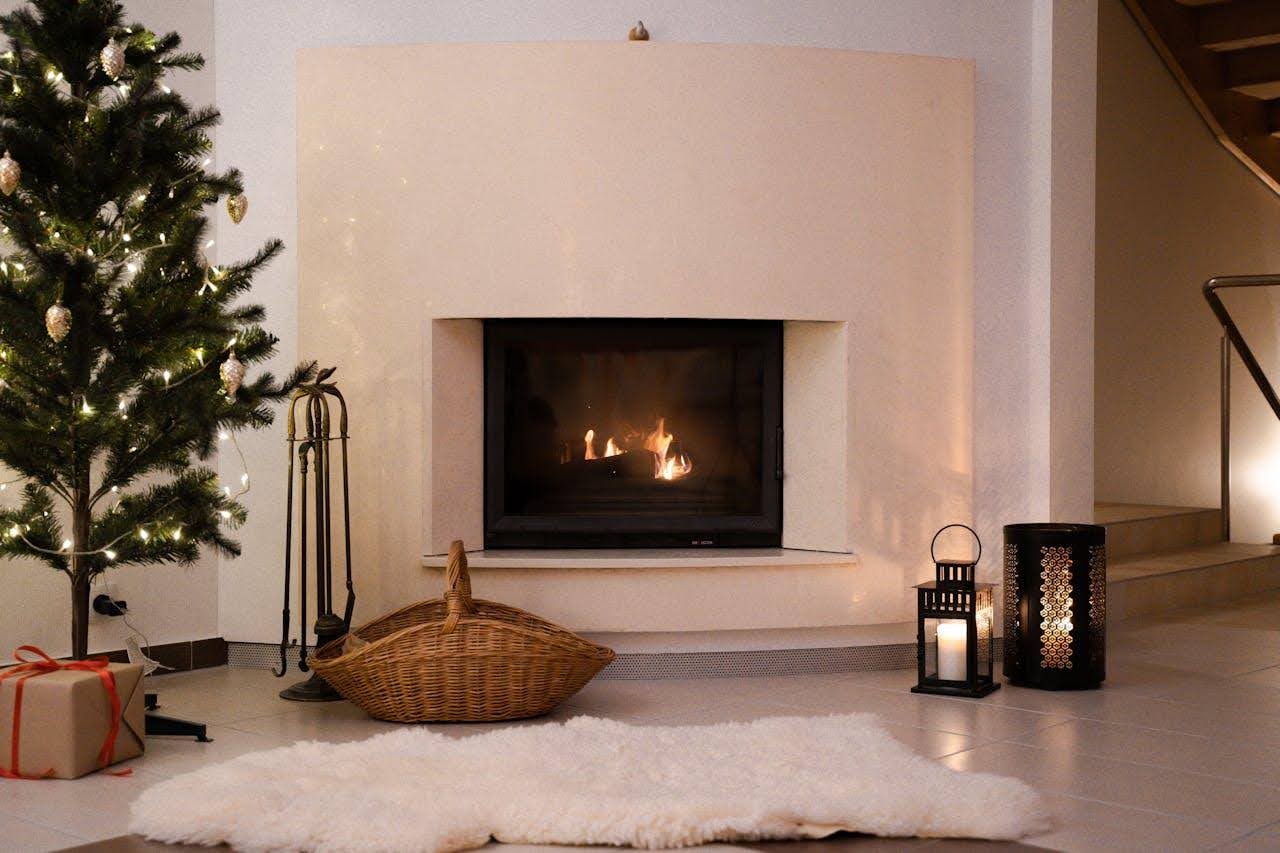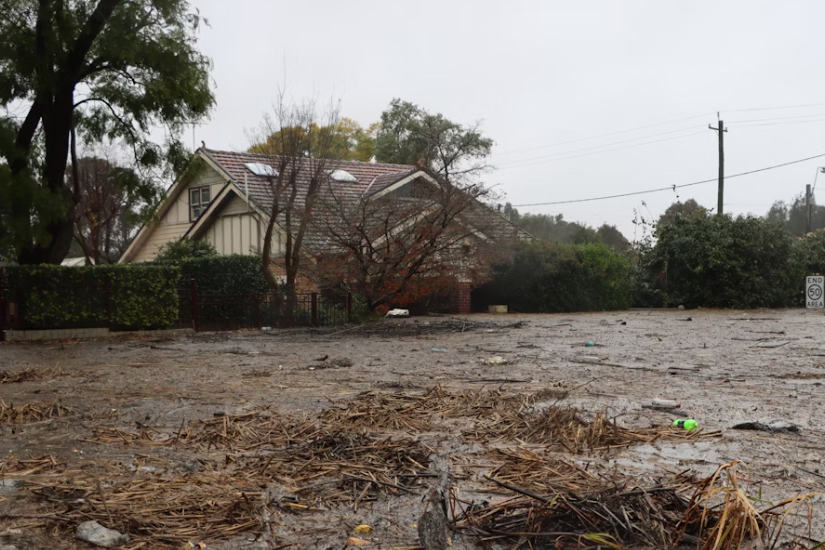A solid hearth foundation determines whether your fireplace becomes a cozy centerpiece or a costly headache. Without proper groundwork, you risk structural issues, water damage, and safety concerns that can plague your home for years.
Getting your hearth foundation right from the start saves money and ensures your fireplace operates safely. These six practical tips will guide you through creating a foundation that stands the test of time.
Evaluate Your Site Conditions
Your hearth’s success depends on what lies beneath the surface. Take time to examine the soil composition where you plan to build. Clay soils expand and contract with moisture changes, while sandy soils drain well but may shift over time.
Look for signs of water pooling after rain or snow. Standing water indicates drainage problems that must be addressed before construction begins. Check for nearby tree roots that could interfere with your foundation or cause future settling issues.
Existing structures like patios, walkways, or underground utilities can affect your foundation design. Mark these areas clearly and plan your hearth placement accordingly.
Work with Dirt Work Specialists
Professional excavation makes the difference between a stable foundation and future problems. Experienced contractors understand local soil conditions and building codes that affect hearth construction.
These specialists bring the right equipment to:
- Remove soil to the proper depth
- Test soil compaction levels
- Grade the area for optimal drainage
- Identify potential issues before they become expensive problems
Professional dirt work ensures your foundation meets local building standards and provides the stability your hearth requires.
Create a Durable Base Structure
Your base material choice affects your hearth’s longevity. Compacted gravel creates excellent drainage and resists settling when properly installed. Pour gravel in layers, compacting each one thoroughly to eliminate air pockets.
Concrete offers maximum stability for heavy hearth structures. Mix concrete to manufacturer specifications and pour it evenly across your prepared area. Use reinforcement mesh for larger hearths to prevent cracking.
Allow concrete to cure completely before proceeding with construction. Rushing this process compromises your foundation’s strength and can lead to costly repairs later.
Choose Professional Fireplaces Installations
Your foundation work sets the stage for professional fireplaces installations. Quality installers appreciate well-prepared foundations and can focus on creating a safe, efficient fireplace system.
Professional installation ensures proper ventilation, meets safety codes, and maximizes your fireplace’s performance. Experienced installers spot potential issues early and address them before they become problems.
Install Effective Drainage Systems
Water poses the greatest threat to hearth foundations. Even minor moisture issues can cause settling, cracking, and structural damage over time.
Consider these drainage solutions:
- French drains around the foundation perimeter
- Gravel beds that direct water away from the structure
- Proper grading that slopes away from your hearth
- Waterproof barriers between the foundation and hearth materials
Proper drainage protects your investment and prevents moisture-related problems that can affect your entire home.
Perfect Your Final Leveling
Precision matters when creating your final surface. Use a quality level to check multiple directions across your foundation. Even small variations can cause problems with hearth installation and operation.
Add or remove base material as needed to achieve perfect levelness. Take measurements from multiple points to ensure consistency across the entire foundation area.
Double-check your work before declaring the foundation complete. This extra attention prevents installation headaches and ensures your hearth sits properly.




